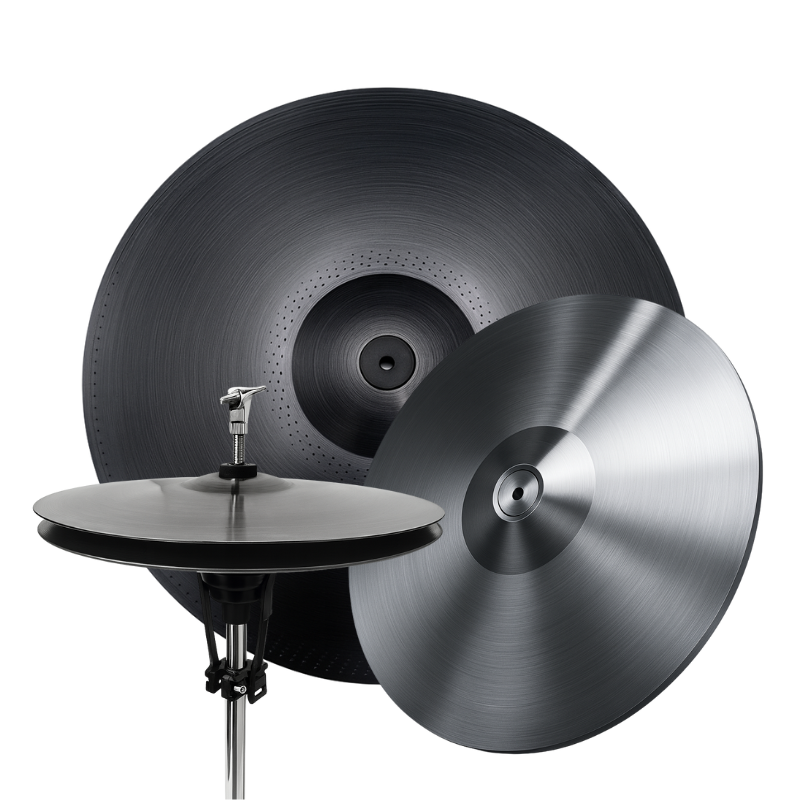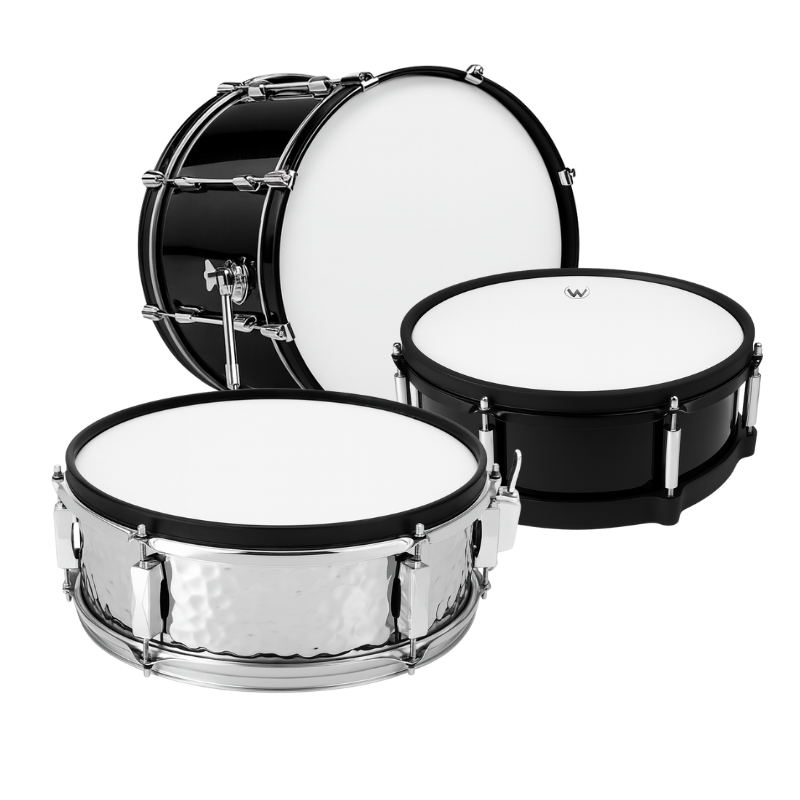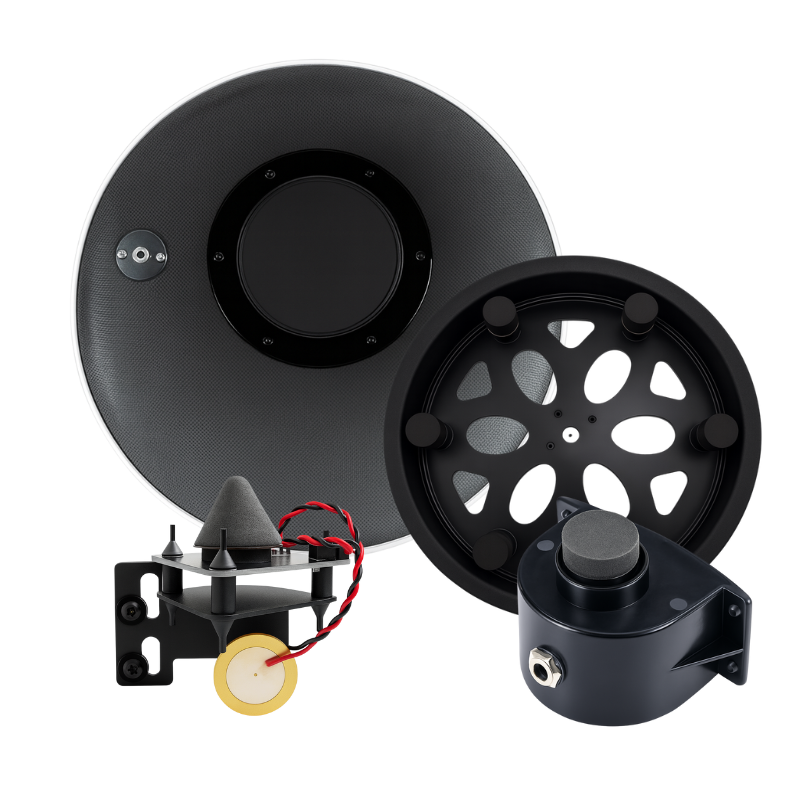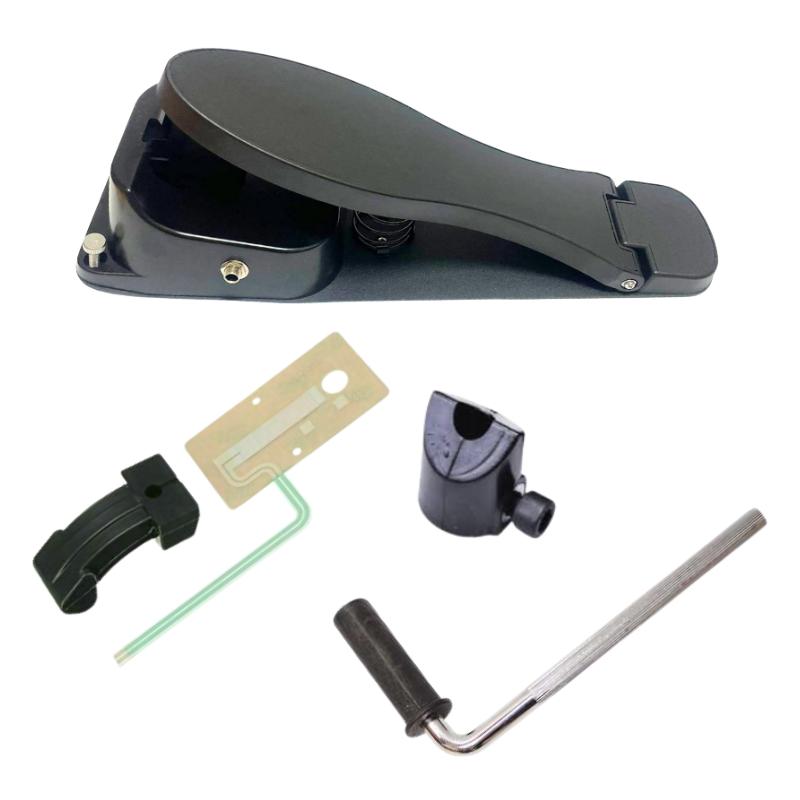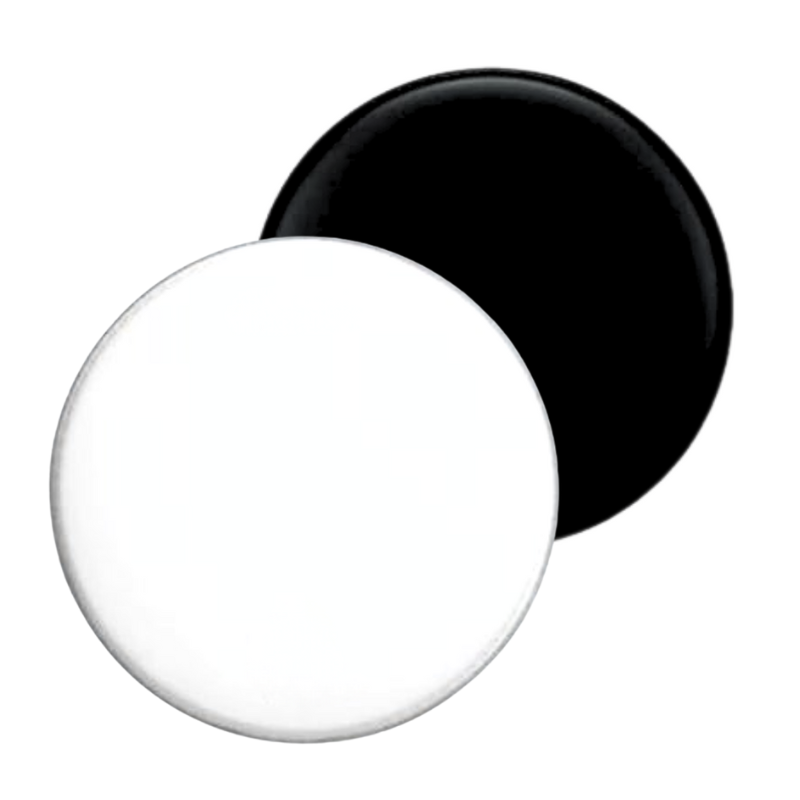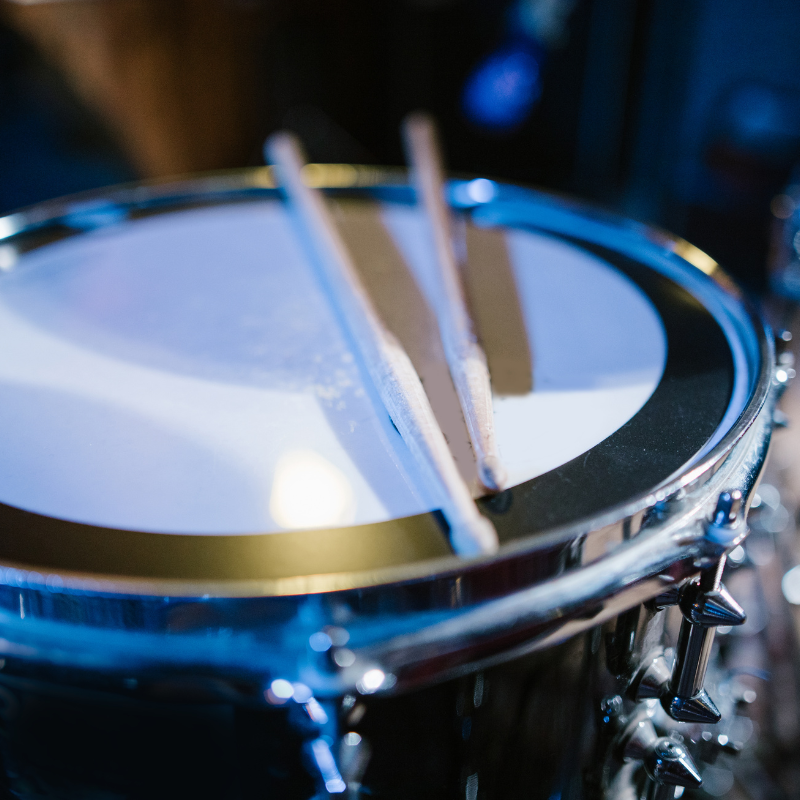
What Are the Best Drumsticks to Use – Choosing the Right Pair for Your Playing Style
Share
Choosing the best drumsticks is not just about brand or size
It’s about how the sticks feel in your hands, how they respond to your playing, and whether they help you get the sound and control you’re after
There is no one “best” drumstick for everyone
But there is a best drumstick for you — based on your setup, style, and goals
Understand Drumstick Sizing – The Numbers and Letters
Drumstick models use a number and letter combination
The number refers to thickness (lower number = thicker stick)
The letter traditionally referred to the style: A = orchestra, B = band, S = street
Today, it’s mostly about size and feel
5A is the most common all-purpose drumstick
5B is thicker and heavier, preferred by rock and metal players
7A is thinner and lighter, great for jazz or light playing
2B is very thick and powerful, good for heavy hitters or marching-style drumming
Tip Shapes and Their Impact
The tip of the stick affects tone and response
Wood tips offer a warm, natural tone on cymbals
Nylon tips produce a brighter, more articulate sound, especially on ride cymbals
Round tips are precise and focused
Oval tips offer a broader sound
Barrel tips give strong attack
Teardrop tips are balanced and versatile
Choosing the right tip depends on your feel preference and the sound you want on cymbals and pads
Material – Wood or Synthetic
Most sticks are made from hickory, maple, or oak
Hickory is balanced, durable, and the most common
Maple is lighter and faster, great for speed and finesse
Oak is denser and more durable, but can feel heavier
Synthetic sticks like carbon fiber or polyurethane last longer and resist warping
Some drummers prefer them for electronic kits due to reduced stick wear
Drumsticks for Electronic Drums
Electronic drums are more sensitive to stick weight and material
Use sticks with rounded or tear-drop tips for best trigger response
Avoid sharp or chipped sticks to protect mesh heads and cymbal pads
Some drummers prefer lighter sticks (7A, 5A) for better rebound on rubber or mesh pads
Nylon tips are often smoother and quieter on electronic cymbals
Using sticks designed for e-drums can help reduce hand fatigue and increase module accuracy
Our Recommendations Based on Playing Style
Beginner – Start with 5A wood tip sticks for balanced control and comfort
Rock and metal – 5B or 2B for power and durability
Jazz or funk – 7A or maple 5A for speed and dynamics
Electronic drums – 5A or 7A with nylon tips for reduced wear
Hybrid setups – Medium-weight hickory with good rebound and durable tips
Related Keywords and Variants
Best drumsticks for beginners
Drumsticks for electronic drums
5A vs 5B drumsticks
Drumstick size chart
Nylon vs wood tip sticks
Sticks for mesh heads
Jazz drumsticks
Heavy rock drumsticks
What drumsticks should I use
Drumstick material comparison
Custom drumsticks for e-drums


